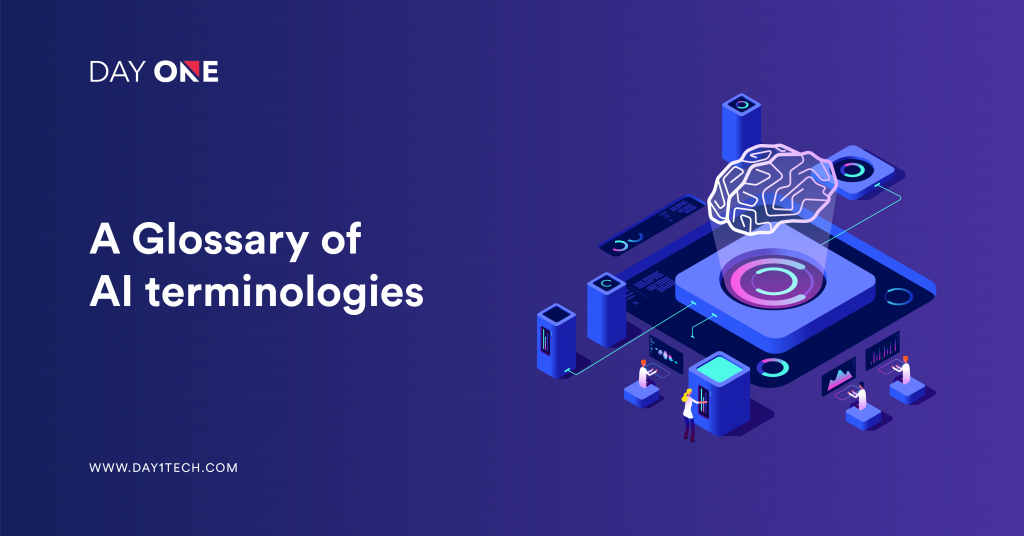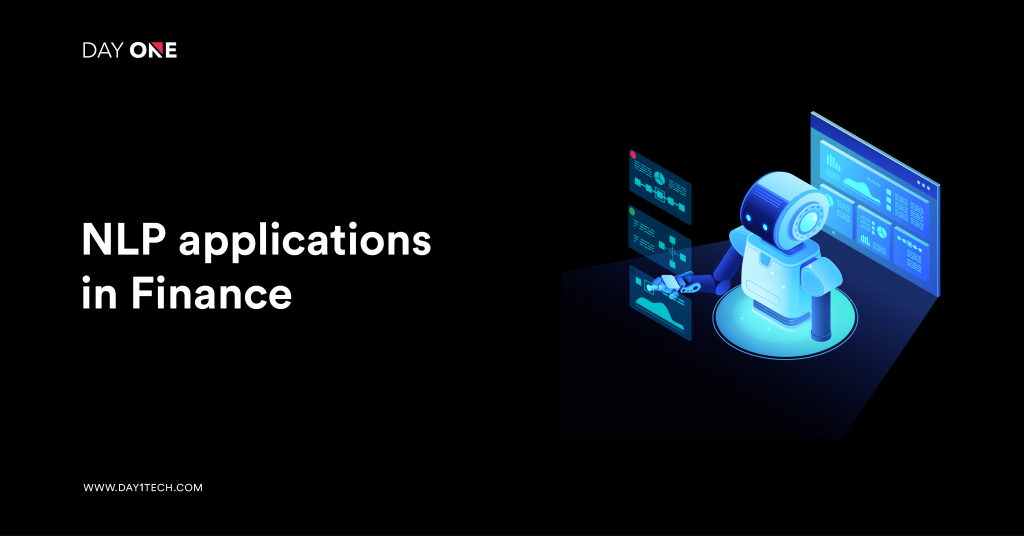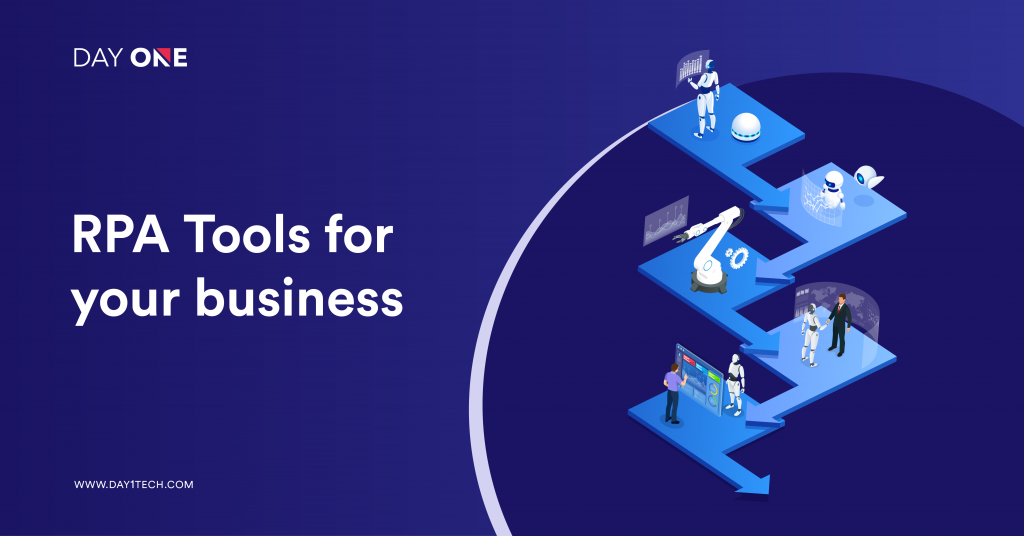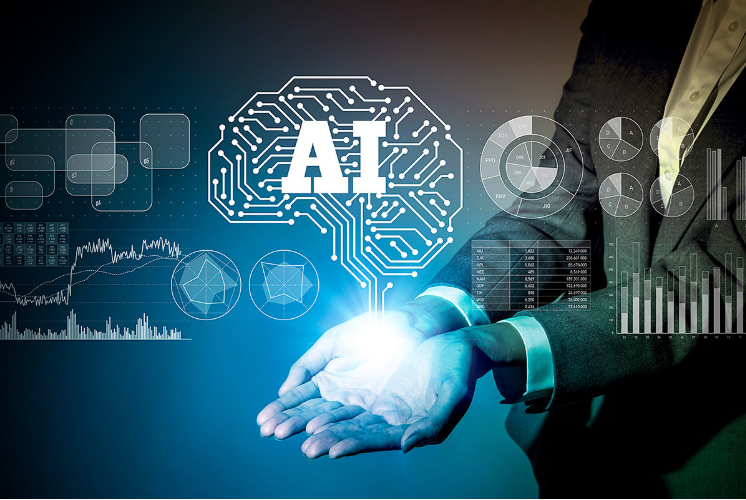Popular AI and Machine Learning Vocabulary, Terms & Concepts
admin
Artificial Intelligence
June 1, 2021
3 min read

You are living in the 21st century and yes there must have been countless occasions when you have had an AI terminology thrown at you. You’re being taken aback at the AI jargon and the mind-boggling experience of the specific artificial intelligence terms you need to know is quite something. Let’s help you with that.
Here’s some popular AI vocabulary to help you have a smoother experience in your AI journey.
A
Algorithm: A set of rules/instructions given to an AI, neural network or other systems for performing a task. The algorithm directs the system to go about finding answers to a problem.
Analogical Reasoning: Solving problems by using analogies, by comparing to past experiences.
Artificial Intelligence: A machine’s ability to make decisions intelligently and mimic human behavior.
Autonomic Computing: A system’s capability to manage its own resources in order to do higher-level computing functions without user input.
Artificial Neural Network: Learning models that are based on the human brain that helps the software learn and solve tasks that are too complex for traditional systems to solve.
B
Big Data: Extremely large data sets that are analyzed to reveal patterns, trends, and associations related to human interaction.
C
Chatbots: An artificial intelligence (AI) software that can have a conversation with humans via text chats or voice commands.
Classification: Algorithms that allow the software to assign a category to data points.
D
Data Mining: The process of determining patterns within large sets of data to extract useful information.
Data Science: A multidisciplinary field that combines scientific methods, processes, algorithms,
and systems to extract knowledge and insights.
Deep Learning: A subset of machine learning that uses specialized algorithms to model, understand and mimic complex behavior structures and relationships in data.
G
Game AI: Refers to a broad set of algorithms that includes techniques from robotics, control theory, computer graphics, and computer science in general.
Genetic algorithm: An algorithm based on principles of genetics used to efficiently and quickly find solutions.
H
Heuristic Search Techniques: A computer science technique developed for finding quick and optimal solutions.
I
Image Recognition: The steps taken by the software to detect objects/features of an object in an image or video.
K
Knowledge Engineering: The division of AI that is concerned with building knowledge systems.
L
Limited Memory: Systems with memory limited to a time frame.
M
Machine Intelligence: The overall concept of machine learning, deep learning, and classical learning algorithms.
Machine Learning: An application of AI that provides systems the ability to learn and improve from experience without any specific instructions being programmed into it.
Machine Translation: Applying NLP to translate language whether via text or voice.
N
Natural Language Processing (NLP): A subfield of linguistics, computing, computer science and artificial intelligence which deals with how computers process human language and derive data from unstructured data.
O
Optical character recognition: Converting images into text whether typed/handwritten/printed either electronically / mechanically.
P
Pattern Recognition: Recognizing regularities in data and using them efficiently.
R
Reactive Machines: The most basic AI system. They do not have the capacity to create memorize, however, they can analyze, predict and react based on situations.
Recurrent Neural Network: A type of neural network that identifies sequential patterns and makes sense of sequential information.
Robotics: Designing and manufacturing of robots designed to perform specific tasks.
Robotic Process Automation: Software with artificial intelligence and machine learning capabilities to perform repetitive actions.
Like AI, businesses are still new to using RPA bots for streamlining business processes, and while there is a basic debate on the differences between AI and RPA, it can be agreed that together they offer users an advanced solution to improve existing business processes.
S
Supervised Learning: Output datasets provide machines with information on producing a desirable result/ algorithm.
T
Transfer Learning: A system that uses previously learned data to do a new set of tasks.
U
Unsupervised Learning: A machine learning technique where the model works independently to discover information. As the name suggests, no supervision is required. The most common supervised learning method is cluster analysis.
So these were the AI basic vocabulary that one should be familiar with. The interesting thing about artificial intelligence is that it is still an evolving field. Innovation in deep learning, NLP, cognitive vision is still on and the vocabulary of artificial intelligence is expanding at a breakneck pace.
Explore More Blogs
Testimonials What customers have to talk about us
Finch (previously Trio) – Growth with Investing, with benefits of Checking
Reading Time: < 1 minThe Finch (previously Trio), one of our clients today has reached this level with our expertise and with a great team of developers in Day One, who have made every stone unturned in making this project a big success.
Neel Ganu Founder
USA
Vere360 – VR based Immersive Learning
Reading Time: < 1 minDay One helped Vere360 “fill skill gaps” and build a platform that would cater to their niche and diverse audience while seamlessly integrate the best of #AI and #VR technology.
Ms. Adila Sayyed Co-Founder
Singapore
1TAM – Video Blogging Reimagined
Reading Time: < 1 min‘1TAM’ was only for iOS with gesture-based controls, advanced video compression techniques, and a simple architecture that allowed actions to be completed in 2-3 taps. The real challenge for ‘1TAM’ was to keep it distinct which bought brilliant results with all the strategies and approaches implied for best video compression techniques.
Anwar Nusseibeh Founder
UAE
Fit For Work – The Science of Workplace Ergonomics
Reading Time: < 1 minDay One Technologies came with the expertise that was required and helped in building a platform that is edgy, functional, and smart, delivering engagement and conversions at every step.
Ms. Georgina Hannigan Founder
Singapore
SOS Method Meditation for ‘Busy Minds’
Reading Time: < 1 minDay One Technologies helped in building an innovative mobile app (for #iOS and #Android) that’s easy-to-use, engaging, and data-driven to help users reap the most at every point.






